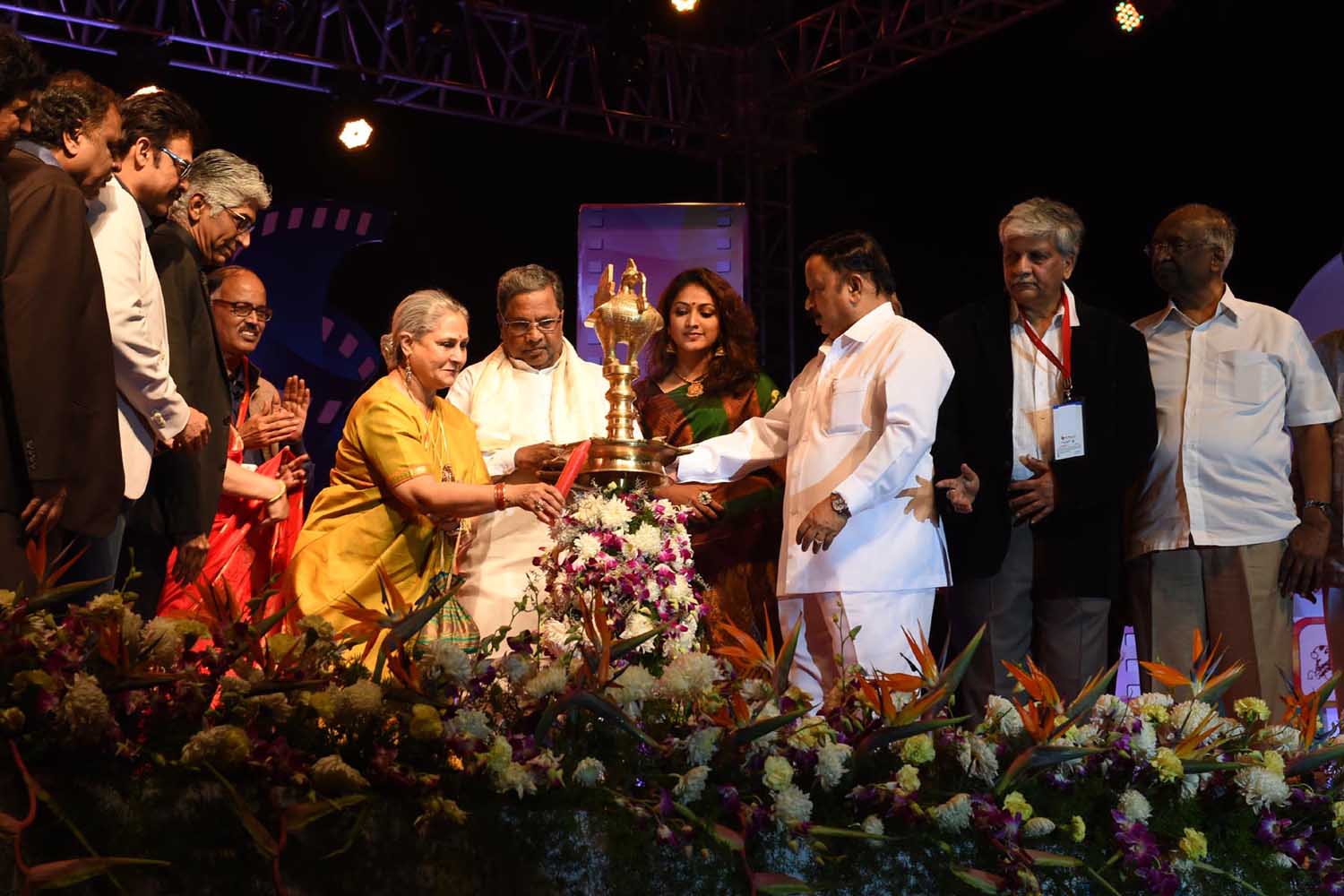S Viswanath
Mystical, metaphorical, pickled with a pinch of tantalising magical realism, The New Boy, sumptuously shot across the vast verdant Australian prairie outback, is a slow, seductive, sedate and sombre saga that teases your reading of the film as also tests your sense of patience with its languid, languorous pace with which it unfolds.
Written and scripted by filmmaker Warwick Thornton, who also happens to be the film’s cinematographer, drawing upon his individual experiences when resident of a monastery boarding school as an adolescent lad, the idea thereon fashioned into a visual narrative, The New Boy turns out into an exotic exploration of faith and aboriginal cultural conflicts with an ethereal allure of its own.
What makes The New Boy enchanting and exciting film is the pulsating psychological conflict that sparks off when an indigenous aboriginal boy, violently captured (with the tracker using a boomerang to fell him as he flees from the British soldier ferrying across the vast expanse)blessed with supernatural godly powers, is bundledas a piece of luggage and promptly delivered in the dead of night at a remote monastery where orphaned boys (few Aboriginals) are schooled with Christian upbringings, taught to speak and write English, and made ‘fit’ to enter the upper crest ‘white society,’ as part of the indoctrination.
The Christian boarding school manned by a renegade nun Sister Eileen, who has taken the name of cleric Dom Peter since his disappearance, and mothers a platoon of similar boys under her care with spiritual influence and instruction.
Things take curious turn when the monastery’s people assistant Sister Mum and groundskeeper George and, finally, the nun herself, learns of the special supernatural healing gift, among others, the boy has been bestowed with, and which, he invokes in times of need, threatening to disrupt the divine order at the missionary.
Alien to the Christian missionary goings on at the monastery, the boy’s indigenous upbringing, his Aboriginal values and invocations we witness does not meld with the otherwise Christian milieu he has been interned at for no fault of his but for the fact of his social status.
Set in Oz of 40s during the final days of World War IIdirector Warwick Thorton brings into play how the boy’s mysterious invoking powers bestirs the otherwise devout order of things at the missionary.
The sister caught in a moral and ethical dilemma as how to safeguard the faith she has been born into, propagates and administers, which incidentally, is the foundation of her missionary, is safeguarded against the rather alien, almost pagan gift of the boy. Thereby, bringing to fore the spiritual struggle (sister) and her inner turmoil vis-a-visfree spirited, untainted natural instinct of the survival (boy).
Two very disparate human beings. She representing the civilisational and prevalent social order of things and the boy, the rather natural, wild-free, unfettered and unlettered world with no prescribed bindings of any sorts with its inherent themes of the violent nature of colonisation and the aggressiveness of religious transformation.
Given that, as the film’s placard proclaims, of its setting and genesis –“for most of the 20th Century it was Australian Government policy to ‘breed out the black’. This involved separating indigenous children from their parents and their culture. The church and its missions were integral to much of this policy enactment,” as part of the ethnic cleansing, the film speaks of how the State sought to subvert and stifle individual freedom of an independent free-spirited aboriginal soul into submitting to the dictates of the larger Christian didactic, doctrinal order of the Church, which actively participated in the programme.
Populated with a panoply of interpretative visual allegorical images, the film and its director draw audiences / viewers’ attention to read their own understanding of the nifty narrative and draw their appropriate conclusions based on their assimilation and assumptions of the emotive drama that unravels before them.
Director Warwick Thornton, one can safely say, has sought to make his mystical and mystery thriller as enigmatic and indecipherable as possible through his interplay of the various spiritual and religious symbols that are employed to press forward the film’s haunting homily.
Sparse, stoical and solemn The New Boy comes across as beatific in its minimalistic setting, stylised storytelling and transcendental in its earnest rendering of the thematic treatise leaving it a tad unfathomable and easily ingested in understanding its larger subtext lying beneath its veneer of a socio-political emotive drama.
Given that the director himself is the cinematographer one can witness and experience the tapestry of sweeping and superlative shot compositions capturing both the pivot of its narrative hub – the monastery and the vast vistas of the expansive desolate picturesque prairie plains where all the action takes place far away and removed from the hustle bustle of normal human habitations.
Despite its many quirks and quibbles that prick at your cinematic experience of the socio-political, the film has a certain seductive attraction to it which ensures the viewer is totally engrossed and invested in its push and pull between the nun’s instincts and religious convictions, as opposed to the boy’s Aboriginal magical and mesmerising invocations, which turn The New Boytold from the boy’s perspective, into a sweet and soulful, enigmatic cinematic tour-de-force.
Once can read and understand of how the film seeks to impart universal lessons on identity and independence, freedom and fetters, religious faith vs indigenous powers and Christians rituals and dogmas ruling the general social structure so alien to the unbridled freedom enjoyed in the Aboriginal’s lifestyles, and so contrarian to the indigenous idea of life and living.
One is forced to ponder whether the Sister, with her kindness and hospitable disposition threatens the boy’s spiritualism by stripping him of his God-given gifts the same way the Catholic system seeks to wash away the “savage” nature of the dark-skinned Aboriginals to assimilate and make them more acceptable to the larger class and station conscious, ‘civilised’ literate society and community?
The film’s haunting and ensemble symphonic background score by Nick Cave, Warren Luis & Luis Almau lending luminance and certain ethereality to Warwick Thorton’s The New Boyelevating the experience, especially the flute and violin parts, into an ennobling one.
The 96 min fantastical film featuring Cate Blanchett as the missionary’s matriarch and Aswan Reid as the free spirited young boy shackled into submission into an alien world of spiritual regimens, propelled by Warwick Thornton’s stylistic and symbolic exuberance to turn The New Boy into a metaphorical and allegorical narrative, is an interesting, intriguing but queasy, quirky watch as it subtly and deftly scrutinises the disparate belief systems woven into its soulful saga of survival and self-discovery.


S VISWANATH is a veteran film critic who officiates as JURY at several National & International Film Festivals. He deputises as CHIEF CINEMA CURATOR/PROGRAMMER & CREATIVE ADVISOR for Bengaluru International Film Festival (BIFFes). He also curates & advises on the selection of shorts & documentaries for Bengaluru International Short Film Festival (BISFF). Mr Viswanath is the author of “RANDOM REFLECTIONS: A Kaleidoscopic Musings on Kannada Cinema”.







Leave a Reply